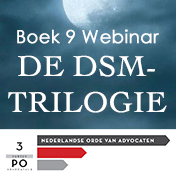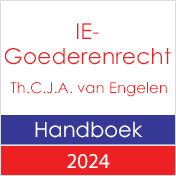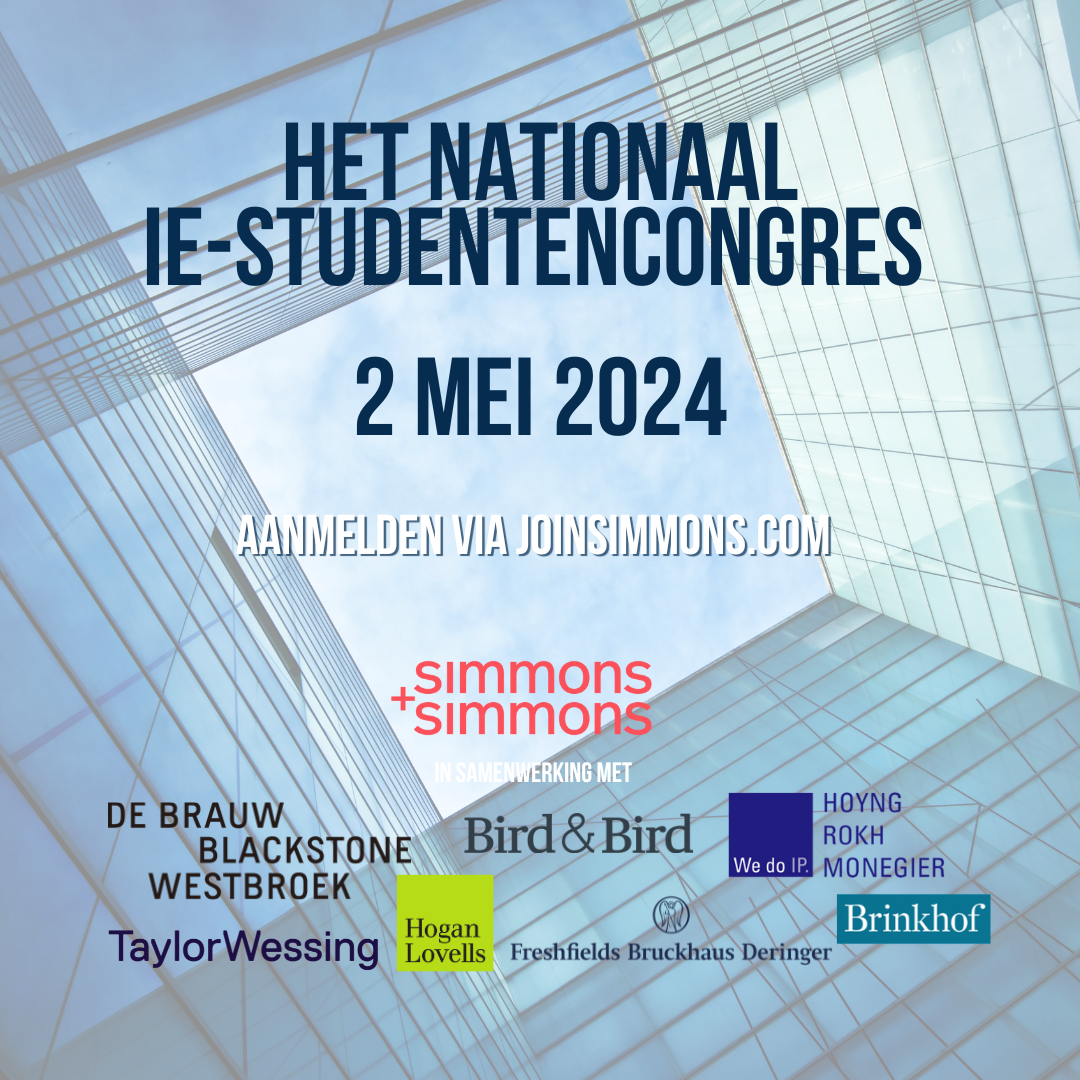Samenvatting en analyse HvJEU Gömböc (IEPT20200423) door Hofhuis Alkema Groen.
“[…] These paragraphs 40 and 41 are surprising, of great importance for the trademark protection of product design, but still somewhat unclear – all at the same time.
To explain what’s happening here, it is important to understand that the rationale behind this ground of exclusion has been unclear from the start: is it meant to prevent only competition hampering monopolies, is it meant to exclude from registration all shapes that should be in the domain of design and copyright law, or is it meant to serve another purpose? The wording ‘substantial value to the goods’ is not very helpful in this regard, as ‘substantial’ is ambivalent (it can mean anything from ‘more than irrelevant’ to ‘vital’) and ‘to the goods’ can refer to the type of good in general and to the particular item executed in this shape. As a consequence, ‘substantial value to the goods’ can mean to exclude from registration anything from ‘shapes that are vital for goods to compete on the market’ to ‘shapes that increase the attractiveness of the item concerned’.
The ECJ has been all over the place in this regard: In Philips (C-299/99) the ECJ considers that the rationale of all grounds of exclusion of Article 3(1)(e) is to “prevent trade mark protection from granting its proprietor a monopoly on technical solutions or functional characteristics of a product which a user is likely to seek in the products of competitors” (paragraph 78) – i.e. a competition-oriented interpretation. This is confirmed for Article 3(1)(e)(ii) in Lego Juris (C‑48/09 P, paragraph 43), but with the addition that this “ensures that undertakings may not use trade mark law in order to perpetuate, indefinitely, exclusive rights relating to technical solutions” (paragraph 45). In Hauck (C-205/13) the latter is extrapolated as the rationale behind Article 3(1)(e)(iii) where the ECJ considers that the “immediate aim of […] the prohibition on registering shapes which give substantial value to the goods […] is to prevent the exclusive and permanent right which a trade mark confers from serving to extend indefinitely the life of other rights which the EU legislature has sought to make subject to limited periods” (paragraph 19) – i.e. an interpretation aimed at preventing the coexistence of several forms of legal protection for the same shape.
This latter interpretation is now abandoned, in paragraphs 51 through 57, as will be discussed below. In contrast, paragraph 40 appears to limit application of this ground of exclusion to exceptional shapes, as it is hard to imagine a shape that is so special that monopolization thereof would “distort the conditions of competition on the market concerned” (other than functional shapes and shapes that result from the nature of the goods, both of which are excluded from registration on the basis of the other two paragraphs of Article 3(1)(e)). In other words: this tends towards allowing trademark protection of trade dress similar to the tradition in the US – which is nothing short of a revolution in EU trademark law.
Paragraph 41 however muddies the water somewhat as it refers to shapes that determine “a consumer’s decision to purchase the goods in question […] to a very great extent”. This is also ambivalent and may well apply to a far greater number of shapes. For example: it is hard to see how monopolization of the shape of the Porsche 911 would distort competition on the market for sports cars, but it may ‘to a very great extent’ determine a consumer’s decision to purchase it – depending on how ‘great’ exactly the “very great extend” must be. As paragraph 41 is meant to be the logical consequence of paragraph 40 (vide “as a result” ), it appears that the “very great extend” to which the shape must determine the consumer’s decision is to the level that, if the shape were to be monopolized, the conditions of competition would be distorted. […]”
Lees hier meer.



























































